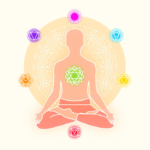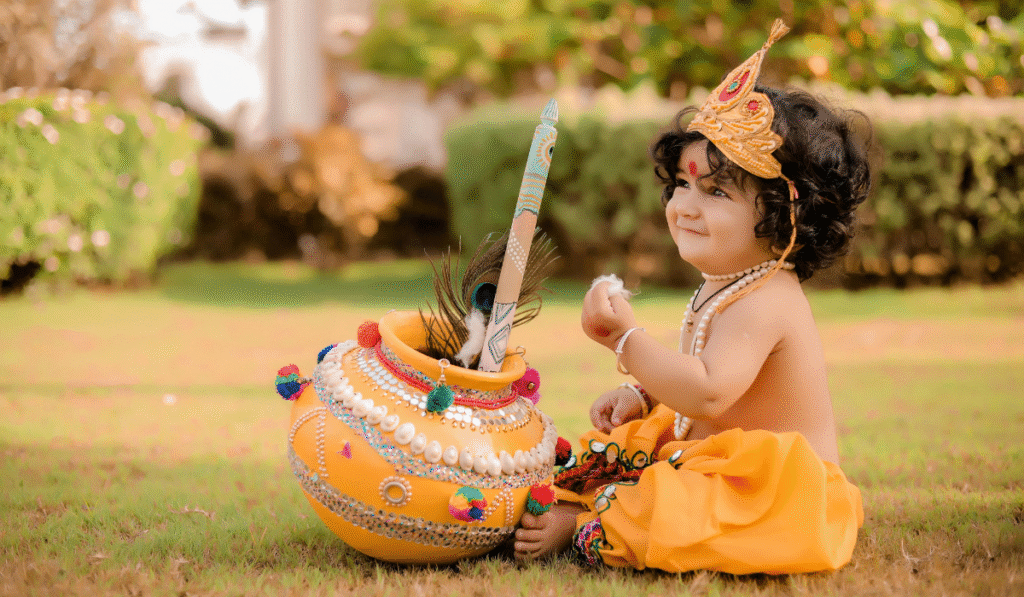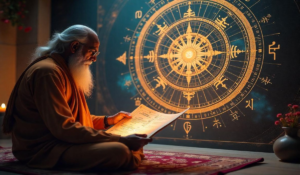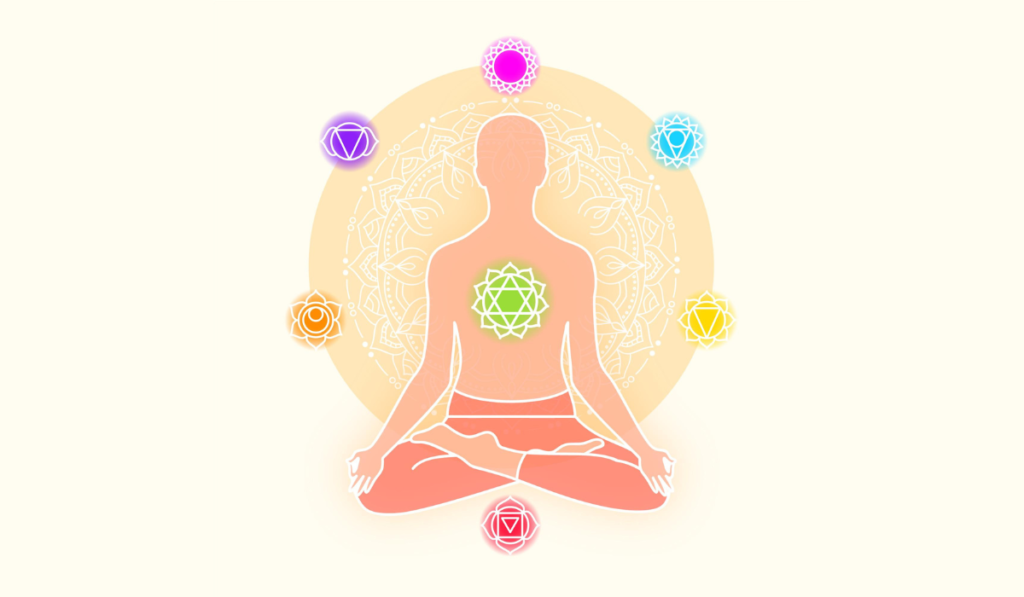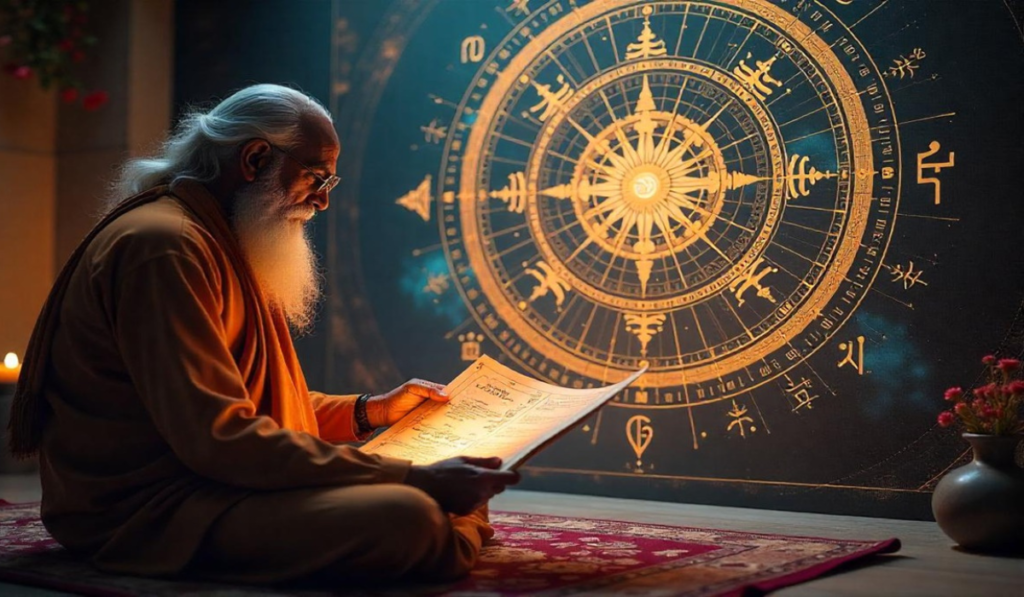सर्वधर्मान्परित्यज्य मामेकं शरणं व्रज।
अहं त्वां सर्वपापेभ्यो मोक्षयिष्यामि मा शुचः॥
When the world was burning from the unjust wrath of Kansa, everyone took refuge under the preserver Vishnu. Thus, the god of Liberation was born – Shri Krishna
Janmashtami is not just a day, but a moment. In which all the devotees devote themselves to lord krishna exactly at midnight, 12:00 AM. Janmashtami is not just a festival. It’s a way to unite the whole of India to celebrate the birth of the divine and majestic Chaliya in the world.
On the very day of Ashtai on Krishna Paksha, all the devotees around the world join their hands and close their eyes to welcome the divine incarnation of Preserver into a little boy of blue.
But this is not just a tale of defeating evil, but a tale of how this world came to know what dharma and Karma are. This is a tale of how the Dvapara Yug became the turning point for not just history but what the future holds.
The Birth of Mischivious Divine
This epic tale began over 5,000 years ago in 3228 BCE, in the city of Mathura. The people were living in fear. King Kansa, a cruel ruler, had taken over the throne and was troubling everyone. His own sister, Devaki, was not spared by him. She was married to Vasudeva, but happiness seemed far away.
One day, when destiny aligned, a prophecy from the sky turned Kansa’s reign upside down. A voice from the sky told Kansa that Devaki’s eighth child would be the one to end his cruelty.
Kansa, of course, panicked. He put Devaki and Vasudeva in prison and decided to kill every child born to them. One by one, he did just that, until the eighth night, when something magical happened.
At midnight, as rain poured from the sky and the Yamuna river flowed high, Shri Krishna was born. The prison locks opened on their own, the guards fell asleep, and Vasudeva carried the newborn across the Yamuna to the safety of Gokul. There, Krishna grew up, and this is where it all actually begins.
A Childhood Filled With Love, Laughter, And Friends
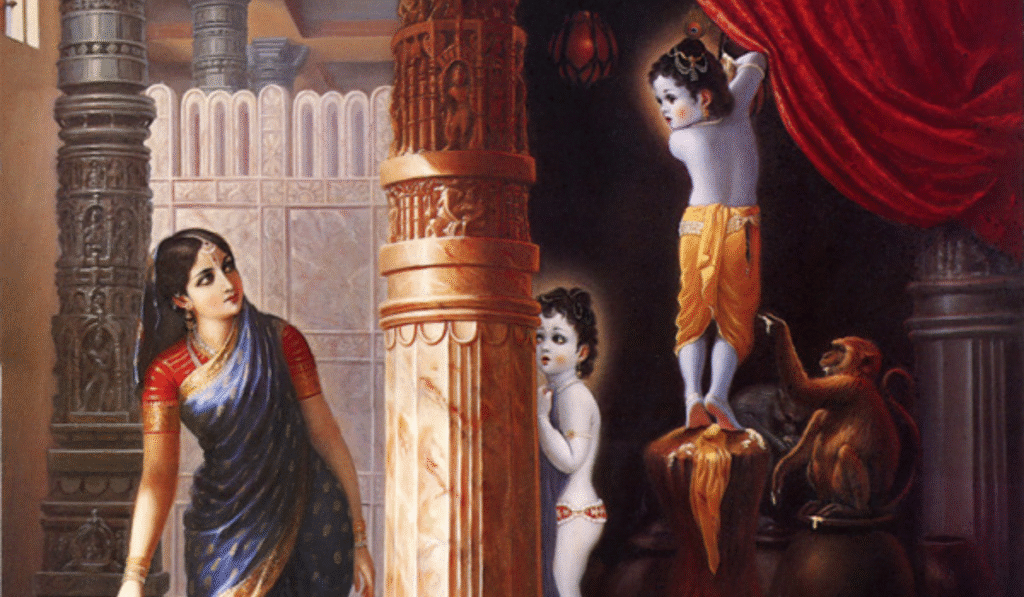
If you thought that all the gods are calm and serious, then Shri Krishna is here to prove us all wrong. He showed that authority and power are nothing in front of the true love of friendship. Not just that, he showed that, god or not, you will still be punished by your mother if you do any mischief.
Shri Krishna is not just called Chaliya by his devotees for no reason. He was so mischievous that he used to steal makhan from his and his friends’ houses along with his friends and monkeys. And if he ever got caught, he used to get away with anything just with his charm.
But was that all just fun? No, his mischief was a way to tell others that bringing a smile to people’s faces is just as important as any prayer. He taught that joy, laughter, and love are the only ways to reach him. His pranks were a reminder that life should never be taken too seriously.
What Janmashtmi Signifies?
In this Kali Yug, Janmashtami is a gentle reminder of what’s truly important – Love, laughter, and faith in goodness. We celebrate the birth of Shri Krishna because his life showed us that you can be wise, and still be playful, spiritual, and still enjoy the little things, divine, and yet close to the hearts of ordinary people.
On this day, homes smell of incense and sweets, temples glow with lamps, and hearts are full of devotion. Whether you are breaking a Dahi Handi in Mumbai, singing bhajans in Mathura, or just telling stories of Krishna to children, you are part of a celebration that has been alive for thousands of years.
How do We Celebrate Janmashtami Across India?
Janmashtami is celebrated not just in India but also throughout the world. However, the way it is celebrated in India is out of this world.
Maharashtra – Dahi Handi Energy
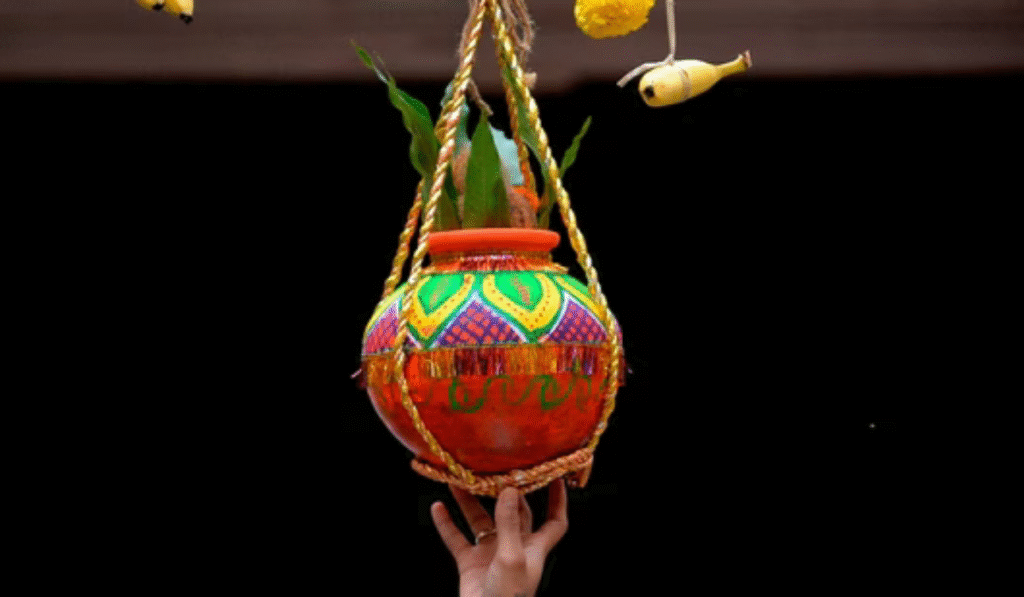
In Maharashtra, Janmashtami bursts with excitement as groups form human pyramids to break pots of curd tied high above the streets. This lively tradition, inspired by Krishna’s butter-stealing days, is filled with music, cheers, and a competitive spirit found nowhere else in India
Manipur and Assam – Devotion in Dance
In Manipur and Assam, Janmashtami blends deep Vaishnav devotion with graceful cultural performances. The famous Manipuri dance, often portraying Krishna’s Raas Leela, fills the celebration with a rare mix of spiritual beauty and artistic charm.
Dwarka – The Kingdom of Krishna
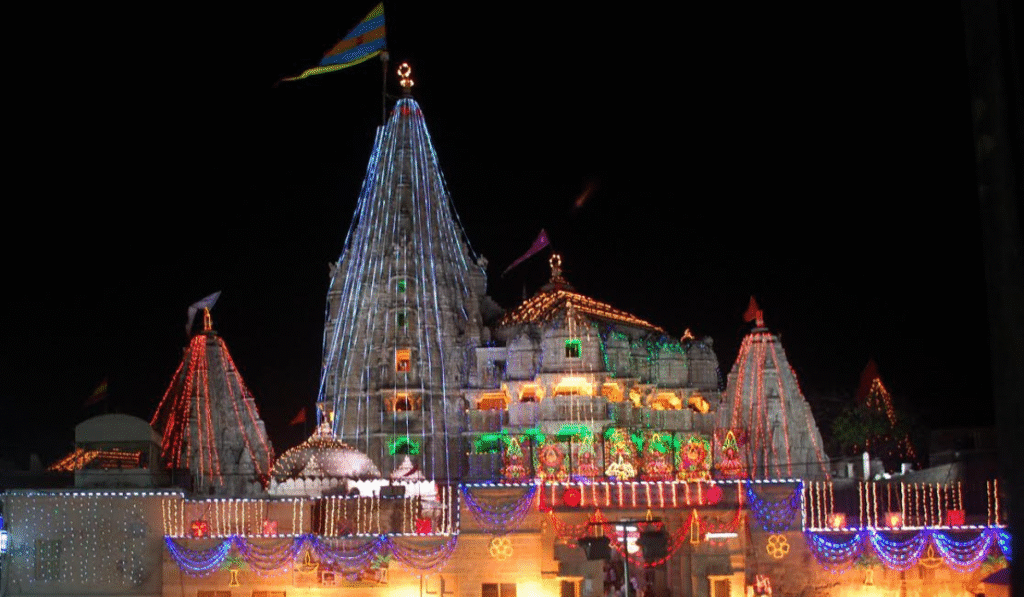
In Dwarka, Gujarat, believed to be Krishna’s royal kingdom, Janmashtami is celebrated with grandeur. Temples glow with thousands of lamps, processions carry Krishna’s idol through the streets, and the entire city feels like it has returned to its glorious past.
Mathura – Where It All Began
Mathura, the birthplace of Krishna, celebrates Janmashtami with unmatched devotion. From dawn to midnight, temples are packed with singing, chanting, and reenactments of Krishna’s birth, making the city a living stage for his divine story.
South India – Footprints of the Divine
In South India, homes are adorned with tiny rice-flour footprints from the entrance to the puja room, symbolizing Krishna’s arrival. This simple yet heartwarming tradition makes devotees feel the Lord himself has stepped into their home.
The Midnight Magic of Krishna Janmashtami Rituals
Although Shri Krishna was born at midnight, the celebrations start long before midnight. In the morning, kids take their time to decorate the whole puja place with colorful jhakiya. By evening, the house smells of incense and fresh flowers. The floor is clean, and somewhere in the kitchen, someone is already making sweets.
Not just that, kids and elders observe fasts from sunrise to sunset. It is kept to stay focused and show resilience and faith in Krishna. And in every growl of stomach, it is a reminder for him that “I am waiting for you, Krishna.”
At the Pooja place, the palna is ready. It’s small, colorful, and often made of wood or metal. Inside it, there’s a tiny idol of baby Krishna, dressed in yellow clothes with a tiny flute and a peacock feather. The cradle is decorated with flowers and sometimes even fairy lights.
“Why do we swing the palna?” you might ask. The answer is simple, it’s like welcoming the newborn Krishna into our home. Just like a baby is rocked to sleep, we gently swing the cradle at midnight to say, “You’re here now, and we are happy you’ve come.” It’s not just a ritual; it’s an emotion in action.
The Time of Birth – 00:00
Now is the time when Shri Krishna is about to enter this new world again this year. But what’s the ritual for that? To signify the birth, a cucumber with a stem is an important part of the Janmashtami Pooja ritual. It’s placed near the cradle or puja thali. In many homes, this cucumber is cut at exactly midnight. Why?
The cucumber represents Devaki’s womb. Cutting it open with the stem attached is a symbolic way of remembering Krishna’s birth and signifying the cutting of the umbilical cord. Not just that, it also signifies freedom as if the prison doors have opened, and the baby is born free. It’s a small act, but it makes everyone, especially children, feel like they are part of the story.
Bhog for Bal Gopal

No Indian festival is complete without food, and Janmashtami is no exception. Once the puja is done, it’s time for bhog, the special food offered to Krishna before anyone else eats. In middle-class homes, it’s prepared with whatever is available, but always with love.
Panchamrit
A sacred mix of milk, curd, ghee, honey, and sugar. It’s believed to be purifying, and after offering it to Krishna, it’s shared as prasad with everyone.
Panjeeri
A dry sweet made from whole wheat flour, ghee, sugar, and dry fruits. It’s said to give strength, just like it did to little Krishna in the stories.
Makhan Mishri
The simplest and most loved, fresh butter mixed with sugar crystals, because we all know how much Krishna loved it.
The bhog is placed in front of the idol, sometimes along with fruits, sweets, and a glass of milk. Only after Krishna is “fed” do the family members eat because the guest of honor always eats first.
Final Thought
जयति तेऽधिकं जन्मा वृजिनाशाय भूभृताम्।
श्रयसे कृतवत्याऽपि सम्स्थित्यै प्रजापतेः॥
“Glorious is Your birth, O Krishna, for it destroys the sorrows of the earth, brings shelter to the devoted, and upholds the creation itself.”
They say if you call Krishna with love, he will come, maybe not with a flute and more pankh, but with joy in your heart. On Janmashtami, we remember not just a god, but a friend, a prankster, a guide, and the eternal Chaliya who could melt even the hardest heart.
So, when the clock strikes twelve, close your eyes, smile a little, and welcome him because who knows, the butter in your fridge might just go missing.
Let’s stay connected! Come say hi on Instagram or follow us on Facebook for daily inspo.





